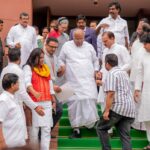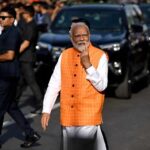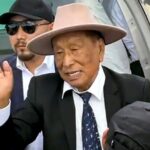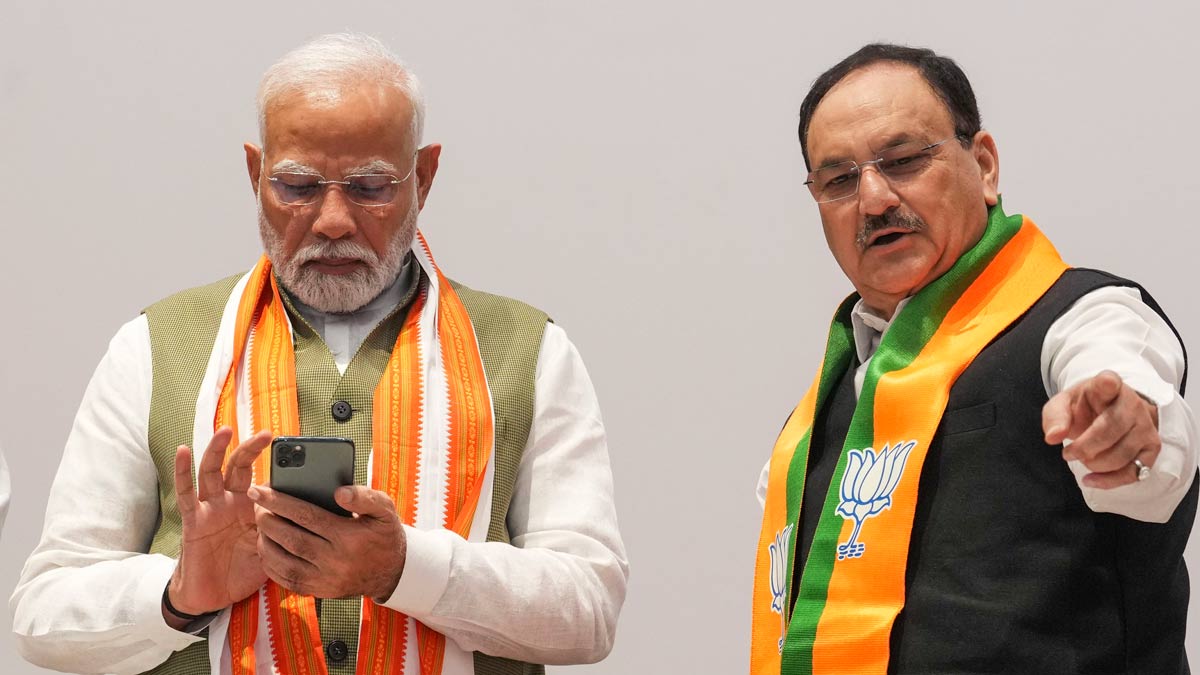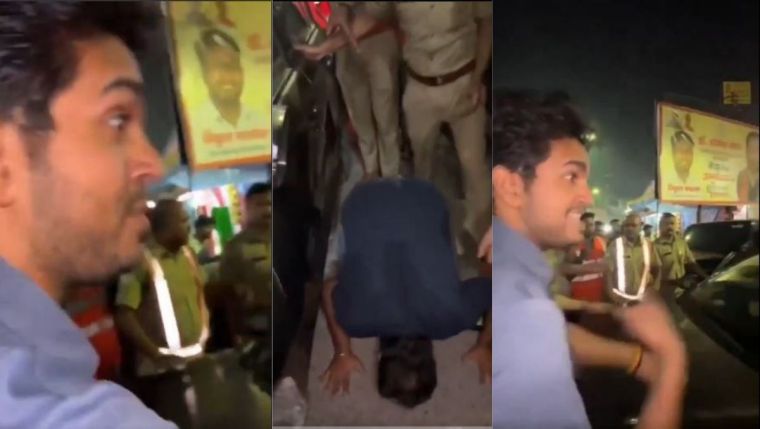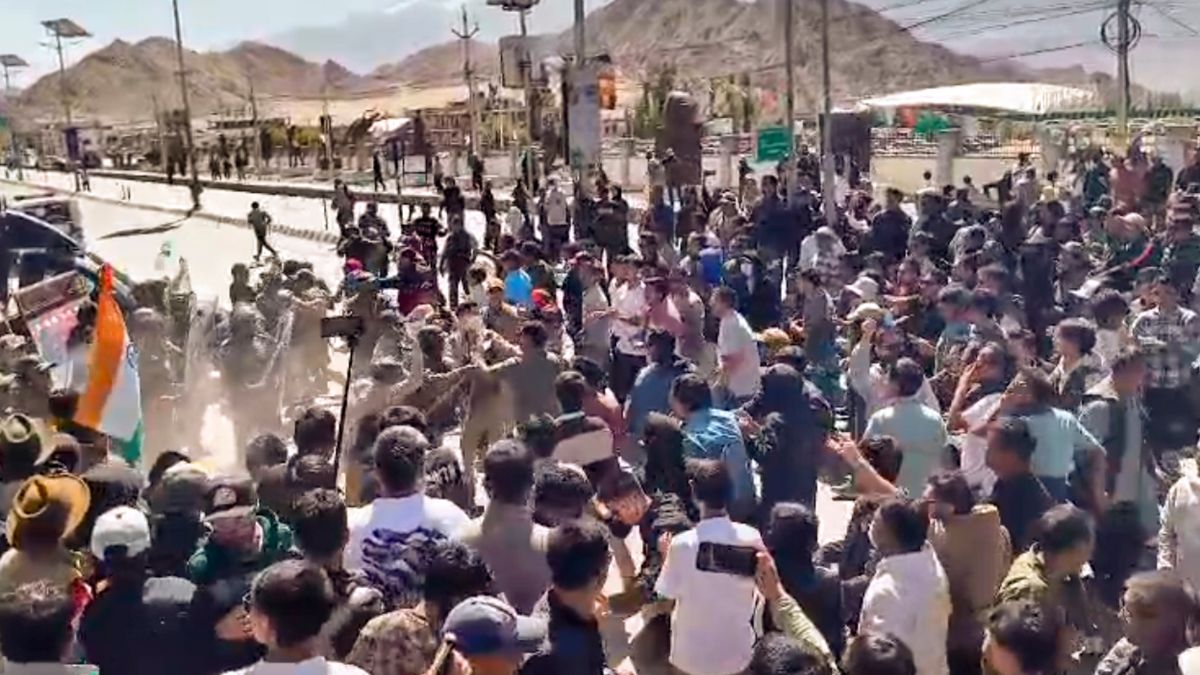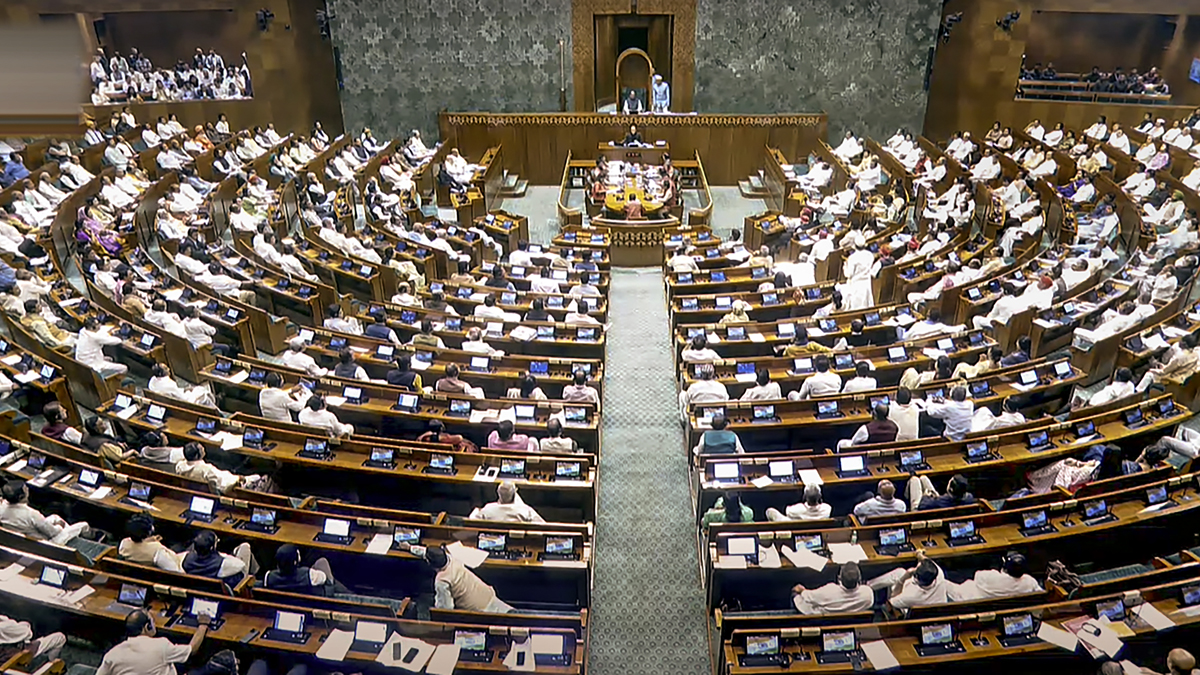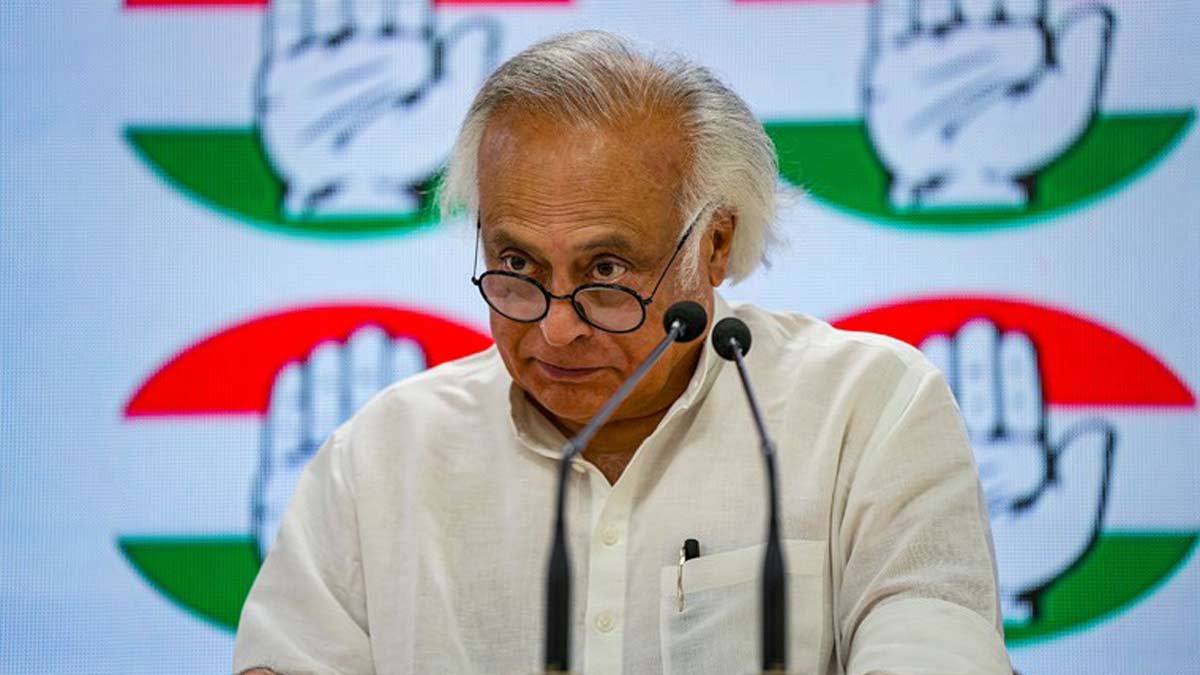New Delhi, July 2, 2025: The Bharatiya Janata Party (BJP) is set for a major organizational revamp as it prepares to appoint a new national president and announces six new state unit chiefs. The move comes amid the party’s strategy to strengthen its base ahead of crucial state elections and the 2029 Lok Sabha polls.
Leadership Transition: A New National Chief on the Horizon
With the current BJP national president, J.P. Nadda’s term nearing its end, the party leadership has initiated discussions to elect his successor. The decision is expected to be finalized in the coming weeks, with the BJP’s parliamentary board and senior leaders, including Prime Minister Narendra Modi and Home Minister Amit Shah, playing a pivotal role in the selection process.
Sources within the party suggest that the new president could be a dynamic leader with a strong organizational background, capable of steering the BJP through upcoming electoral challenges. Names such as Bhupender Yadav, Pralhad Joshi, Dharmendra Pradhan, and Annamalai (Tamil Nadu BJP chief) are being speculated as potential candidates.
Six New State Presidents Announced
In a parallel development, the BJP has appointed new state unit presidents for six states, signaling a fresh push to reinvigorate the party’s regional leadership. The newly appointed state chiefs include:
- Uttar Pradesh: Bhupesh Chaubey (replacing Chaudhary Bhupendra Singh)
- Maharashtra: Sudhir Mungantiwar (replacing Chandrashekhar Bawankule)
- West Bengal: Sukanta Majumdar (continues, but with renewed focus ahead of 2026 polls)
- Rajasthan: Satish Poonia (reinstated after recent electoral review)
- Bihar: Samrat Choudhary (given extended role post-Lok Sabha performance)
- Telangana: Kishan Reddy (to strengthen party’s southern footprint)
These appointments reflect the BJP’s strategy to consolidate its presence in key states, particularly where it faces stiff competition from regional parties like the TMC in West Bengal, Congress in Rajasthan, and the ruling BRS in Telangana.
Strategic Implications Ahead of Elections
The BJP’s leadership reshuffle comes at a crucial time, with several state elections lined up over the next two years, including Maharashtra, Haryana, and Jharkhand in 2024, followed by West Bengal and Tamil Nadu in 2026. The party is also looking to regain lost ground in states like Rajasthan and Chhattisgarh, where it faced setbacks in recent polls.
A senior BJP leader, speaking on condition of anonymity, said, “The new appointments are aimed at bringing in fresh energy and ensuring better coordination between the central leadership and state units. The focus is on strengthening booth-level management and expanding outreach among youth, women, and marginalized communities.”
Challenges for the New Leadership
While the BJP remains India’s most dominant political force, the new leadership will have to address several challenges:
- Opposition Unity: The INDIA bloc, though fragmented, is attempting to consolidate anti-BJP votes.
- Economic & Social Issues: Rising inflation and unemployment remain key concerns that the opposition may exploit.
- Organizational Discipline: Ensuring cohesion among state leaders and preventing factionalism will be critical.
What’s Next?
The BJP’s national executive meeting is expected to be held soon to formalize the new appointments. Meanwhile, the party is also likely to restructure its central team, including general secretaries and spokespersons, to align with its renewed strategy.
Political analysts suggest that the BJP’s leadership transition will be closely watched, as it could set the tone for the party’s approach in the run-up to the 2029 general elections.
Conclusion:
As the BJP gears up for a leadership overhaul, the appointment of a new national president and six state chiefs underscores its commitment to maintaining a robust organizational structure. With an eye on future elections, the party is leaving no stone unturned to ensure it remains the central pole of Indian politics.


